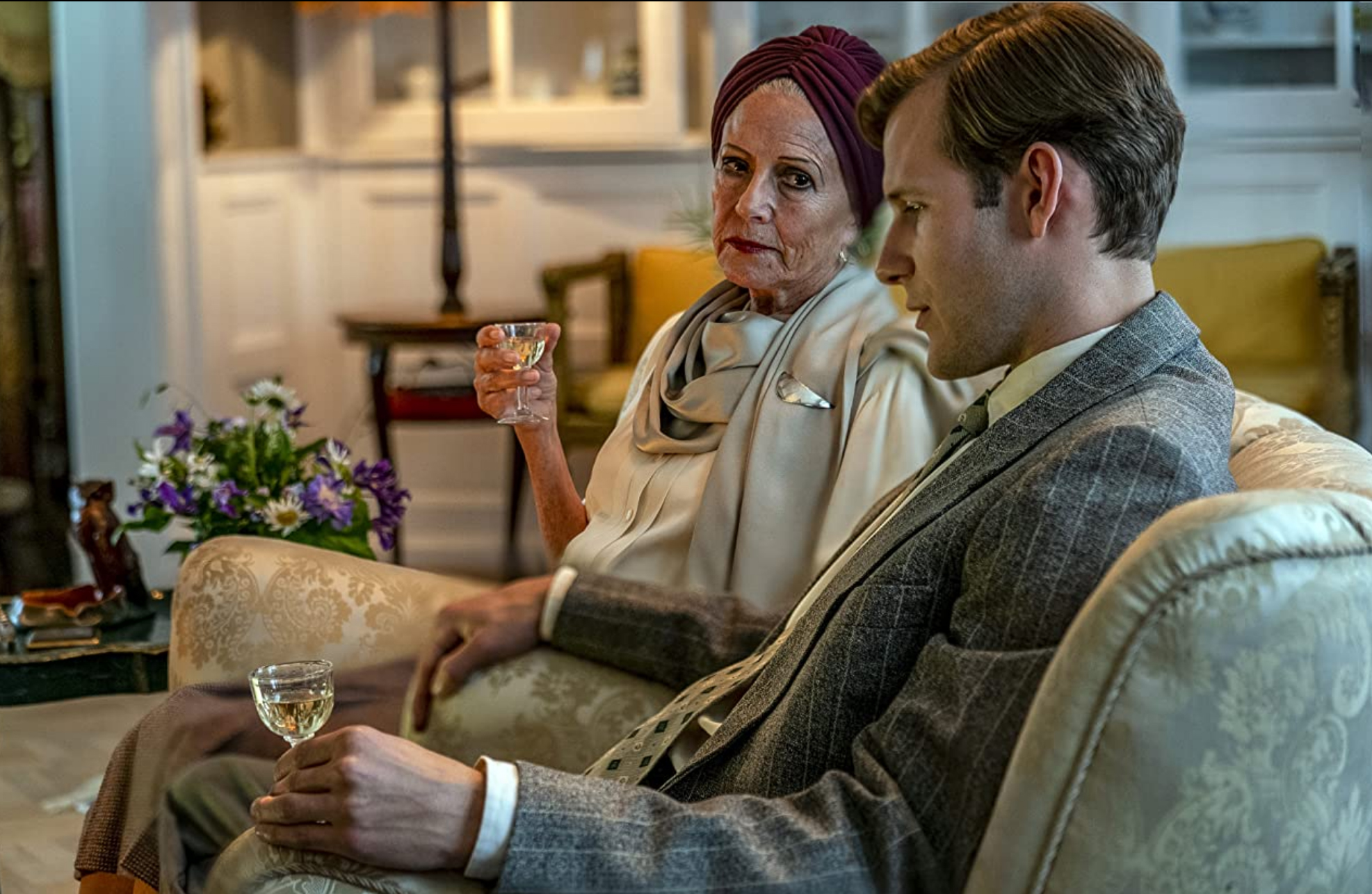
- Golden Globe Awards
The Pact (Denmark)
If you are a young unknown writer trying to make a stand in the world and the world-famous author Karen Blixen – also known by her pen name Isak Dinesen – wants to make a pact with you, what do you do? You make the pact whether it is good for you or not. At least that is what the young poet Thorkild Bjørnvig did when a much older Blixen sought to take control of his life and career by creating an agreement between them.
“It was so exotic,” says director Bille August at a press conference with the HFPA about Blixen’s status in her home country, Denmark in the 1950s when the film The Pact takes place. “She represented the world; she was a world star. And of course, when they met, it was magic, and that’s why so many people admired her and fell in love with her.”
Blixen had moved to Kenya in 1913, and when she returned to Denmark in 1931, she had not only lost the love of her life, the English aristocrat Denys Finch Hatton, to a plane crash, she had also contracted syphilis from her first husband, Baron Blixen. After that, she could never have a physical relationship with another human being, and thus she started seducing people around her for other means of pleasure. That is what she did with the young Bjørnvig, who wrote about his experiences in his autobiography “The Pact: My Friendship with Isak Dinesen” which was adapted into the script of The Pact by Christian Torpe.
“Sometimes she was manipulating a little bit too much,” says August about the author’s impact on the people she had her eyes on. “So, it had consequences for the people around her.”
In The Pact, you learn how Bjørnvig (Simon Bennebjerg), who was in his early 30’s, gained a lot creatively from his relationship with the 63-year old Blixen (Birthe Neumann). However, he had to pay a price for it.
“I think that we find meaning in life in creation,” says August. “But also, I think we find meaning in life in big passion, and one is of course love and the other one is creating. And it’s all about having these two elements getting together, fitting together.”
In the film, the problem for the young man is that he has to make a choice: he has to choose between his family and his art. As an artist, this was a choice August could relate to. The filmmaker behind films such as Pelle the Conqueror (1987), Best Intentions (1992), The House of the Spirits (1993), Smilla’s Sense of Snow (1997), Les Misérables (1998), Silent Heart (2014) and A Fortunate Man (2018) has had a very productive career.
“When I was younger, I had difficulties too to find the balance,” he says about creating art and having a personal life. “Nowadays I think it’s possible to find the balance in creating and also have a private life. It’s about balance.”